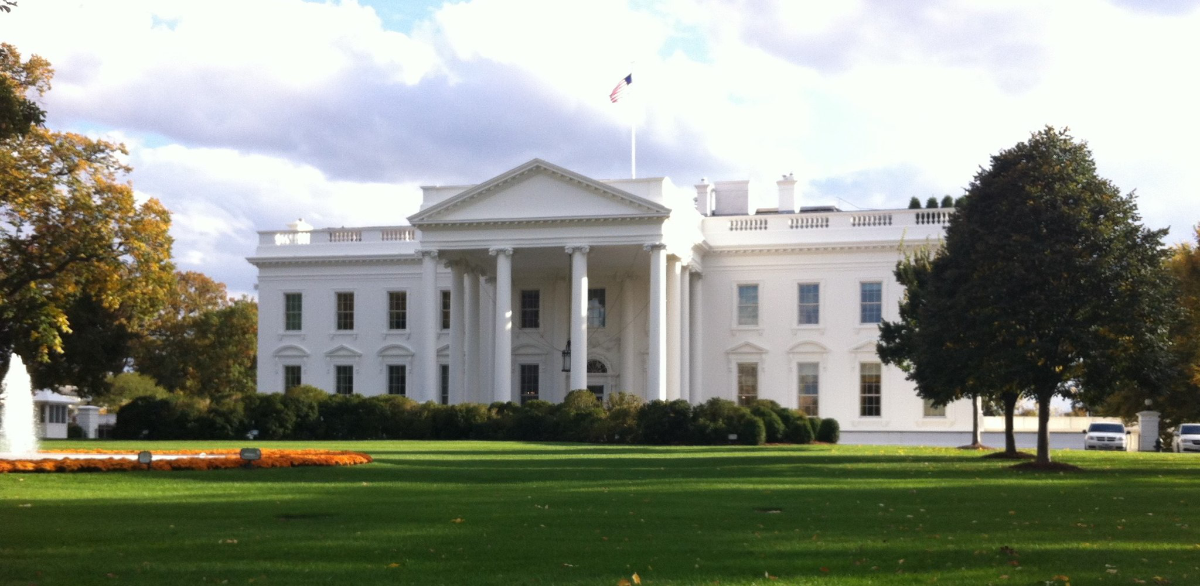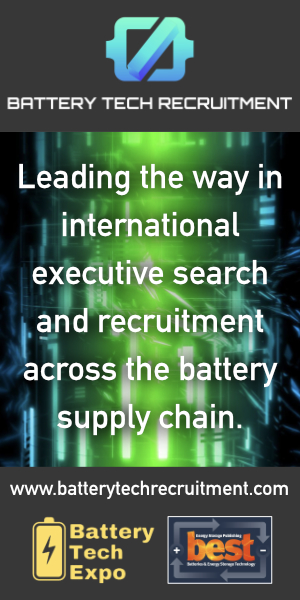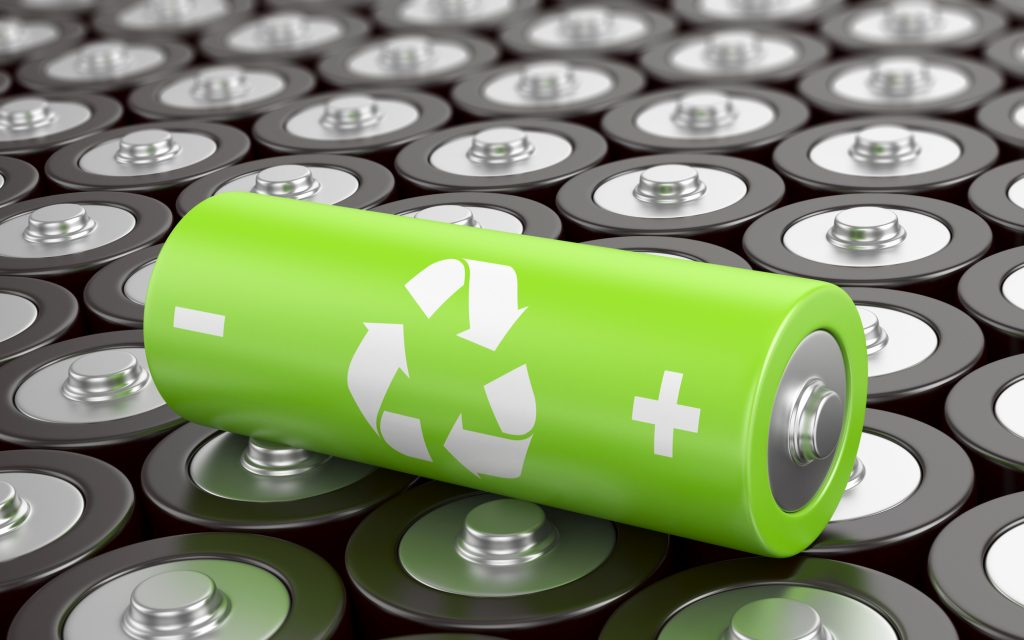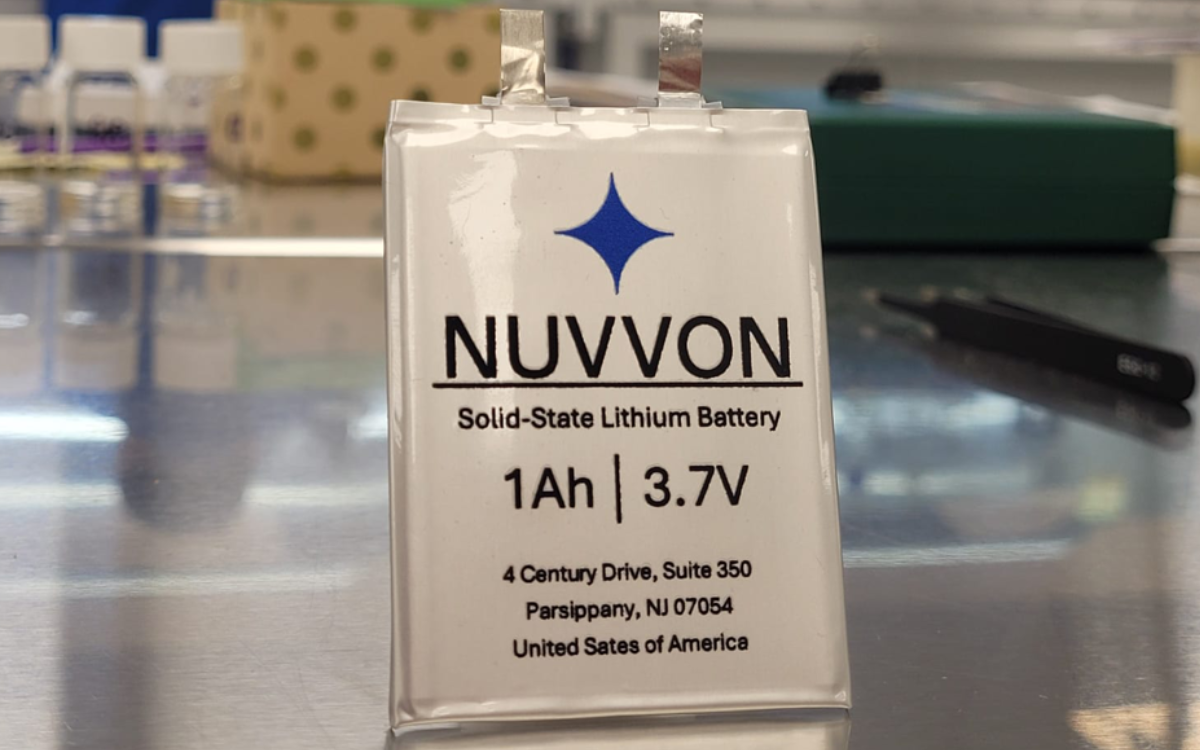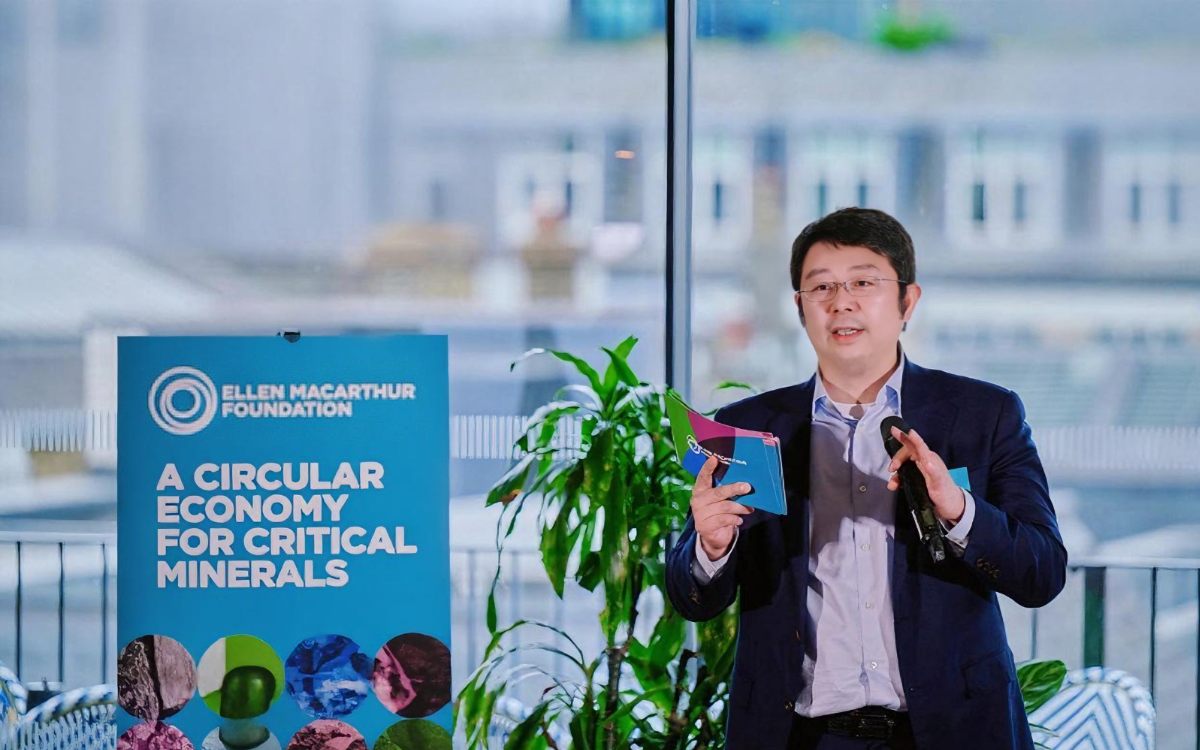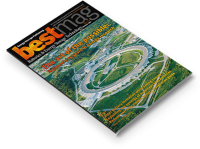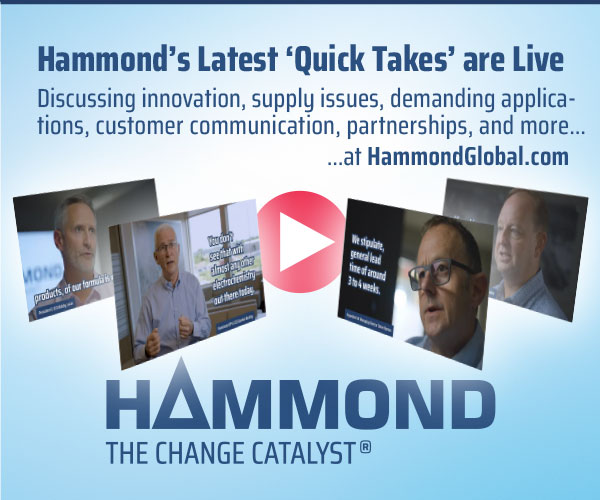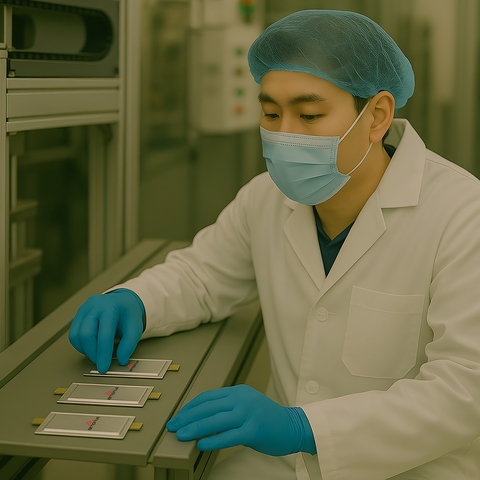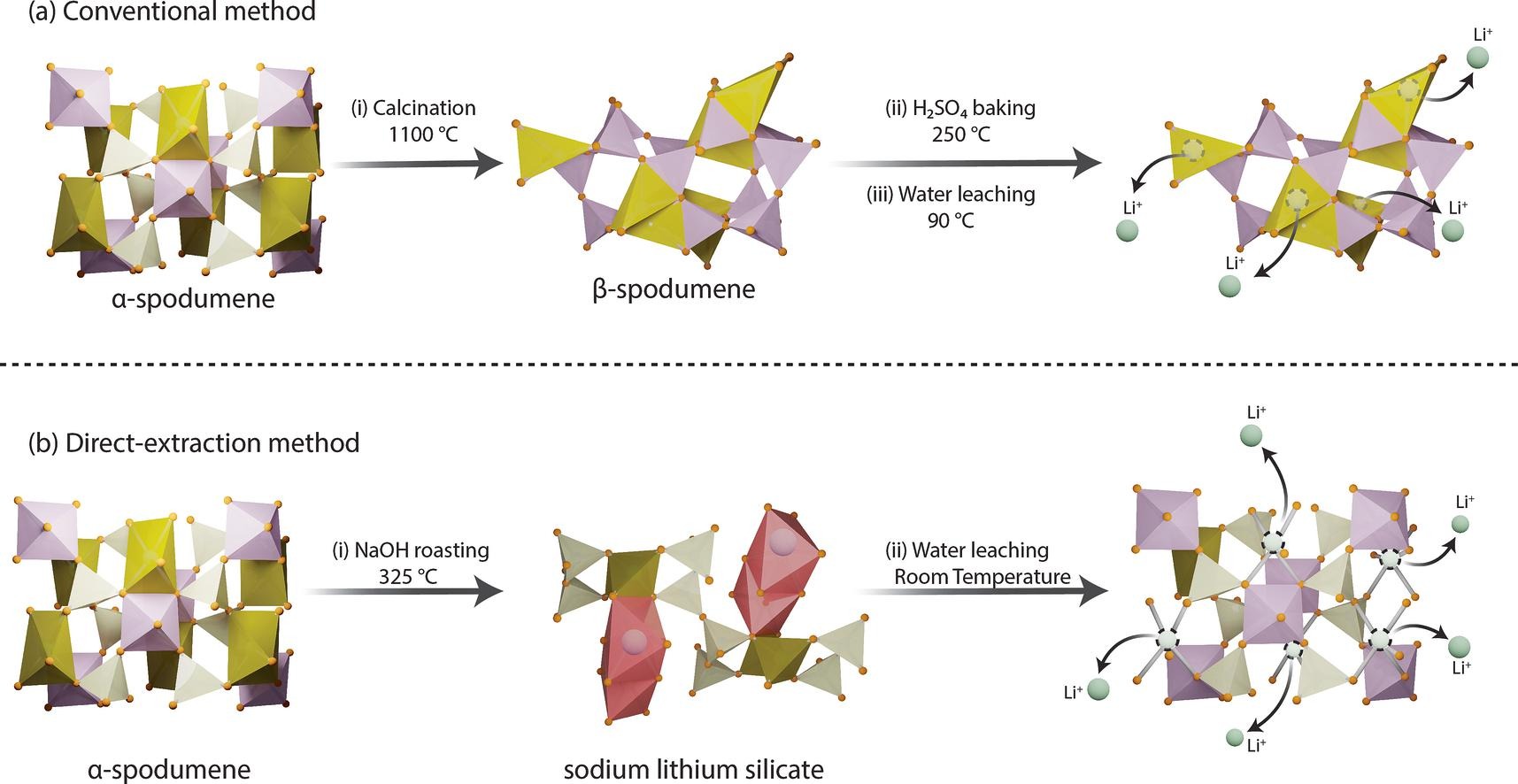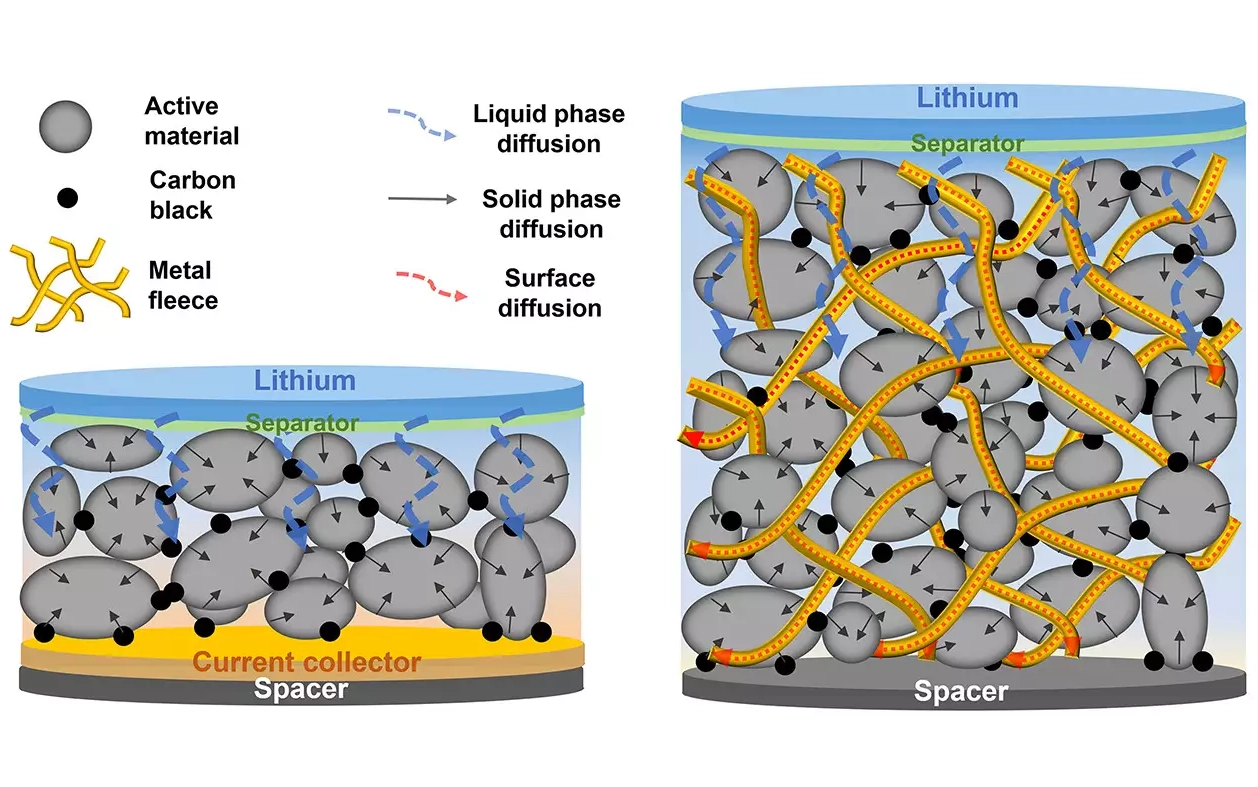US president Joe Biden’s tariffs on EVs and batteries from China are expected to hit automakers such as Tesla who are looking to LFP battery cells.
An analysis of the tariffs by Rho Motion said one notable consequence of the lithium-ion EV battery tariff will be felt by Tesla first. “While Tesla does not export its EVs from China to the US all of Tesla’s US-bound LFP cells are currently sourced from CATL’s Chinese plants, the immediate implementation of changes will severely affect the company without allowing sufficient time to strategise ways around the tariff,” it said.
“This is especially painful as the LFP-bearing models recently lost eligibility for the IRA tax clean vehicle tax credit, eroding much of their value-for-money against the longer-range versions. At a time when Tesla is looking to stimulate demand and retain positive margin, this tariff is certainly difficult.”
The research body added that Tesla is not the only OEM planning to use LFP cells. General Motors’ next generation Chevrolet Bolt is due to use LFP from next year, it said. The tariff may hamper the arrival in the US of some affordable vehicles, it said.
The tariffs, which we reported last week, are set to rise on lithium-ion batteries for electric vehicles (EVs) from 7.5% to 25% in 2024, and the tariff rate for non-EV lithium-ion batteries from 7.5% to 25% in 2026. The tariff for battery parts will increase from 7.5% to 25% in 2024. Tariffs for natural graphite and permanent magnets will go from zero to 25% in 2026 and tariffs for certain critical minerals will go from zero to 25% in 2024.
The ESS market is heavily dependent on LFP chemistry batteries, with almost no domestic US supply. The vast majority are imported from China and an immediate tariff rise could have “drastic impacts on installations”, according to Rho.
The hiked tariffs on ESS get a grace period until 2026. This will allow LFP-based ESS to come online in North America. They include Freyr’s Giga-America, LG Energy Solution’s Arizona facility and Tesla’s Nevada expansion using CATL equipment. “This should ease the transition to the new tariff however it is not certain that these facilities will be able to operate at a cost less than 25% above Chinese counterparts, especially given the extra time Chinese players will have to further reduce costs within already-scaled manufacturing operations,” Rho said.

